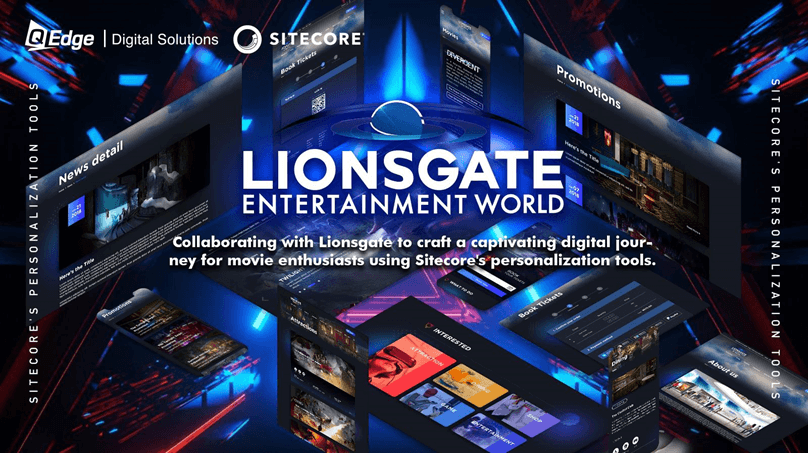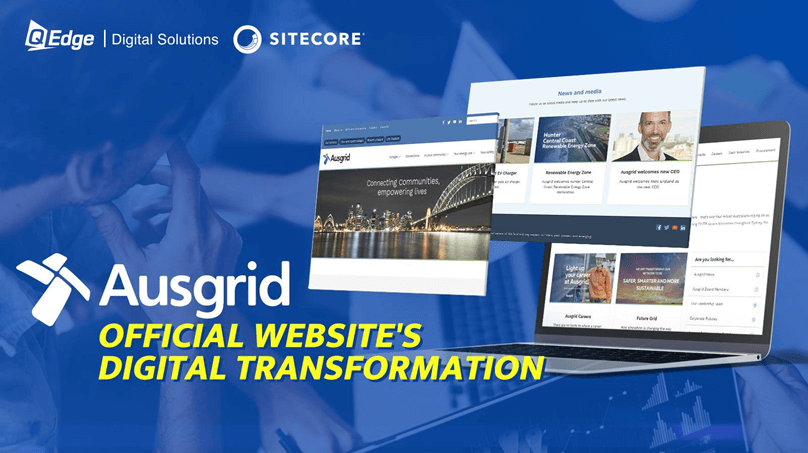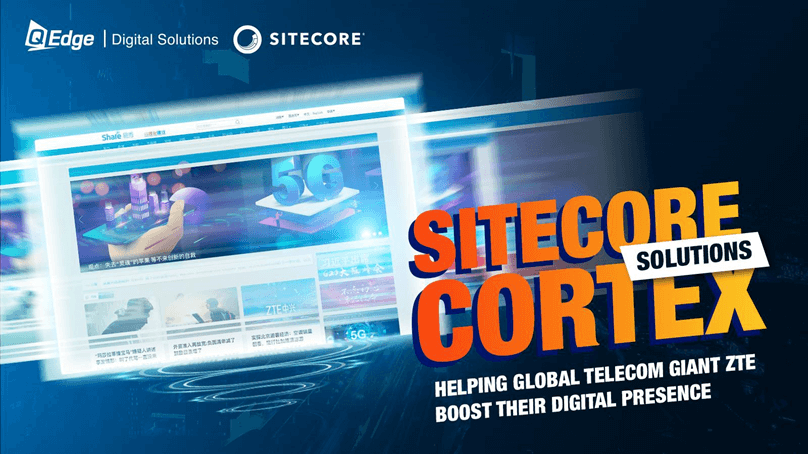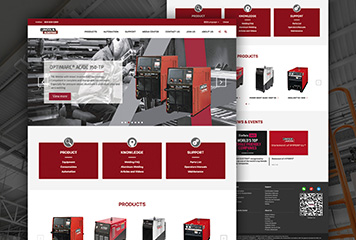How Does Sitecore JSS Work? A Detailed Look at the Capabilities and Benefits
Sitecore JSS is a SDK (software development kit) that provides a bridge between Sitecore and various JavaScript frameworks. It enables developers to use their framework of choice to build UI components that integrate seamlessly with Sitecore for content management.
Some key things to know about JSS:
- It is a collection of npm packages that abstract away Sitecore complexities and make it simpler to develop apps.
- JSS apps can be built headlessly, without a Sitecore instance, using local sample data.
- Once ready, JSS apps can connect to Sitecore for dynamic, real content.
- The same app codebase can work across different JavaScript frameworks like React, Vue, Angular, etc.
- JSS apps support advanced Sitecore capabilities like personalization, testing, langauges, and Experience Editor integrations.
In a nutshell, JSS provides a modern way for developers to harness the power of Sitecore using the tools and frameworks they love. Content authors retain all the Sitecore authoring features they know.

When Should You Use Sitecore JSS?
| Sitecore JSS | Ideal Use Cases | Not the Best Fit |
|---|---|---|
| When to Use | 🌟 Building SPA, PWA, or headless web apps with JavaScript frameworks | ❌ Need to support older browser versions with no JavaScript |
| 🌟 Skilled team with JavaScript/TypeScript development | ❌ Complex bespoke functionality dependent on Sitecore internals | |
| 🌟 Need for highly customizable UI without backend constraints | ❌ Desire for tight coupling between backend and frontend | |
| 🌟 Modernizing existing Sitecore implementation | ❌ Team lacks modern JavaScript/web development skills | |
| 🌟 Content accessibility across multiple platforms | ||
| 🌟 Incremental transition to headless architecture | ||
| Advantages | ✔️ Enables building modern web apps using JavaScript frameworks | ❌ May not work for older browsers without JavaScript support |
| ✔️ Offers a highly customizable UI without backend limitations | ❌ Complex custom functionality relying on Sitecore internals may not be feasible | |
| ✔️ Facilitates incremental migration towards headless architecture | ❌ Backend and frontend coupling is not as tightly integrated | |
| ✔️ Supports content accessibility across multiple platforms | ❌ Requires a skilled team with modern JavaScript/web development expertise | |
| Disadvantages | ❌ Limited compatibility with older browser versions | ❌ Compatibility issues with older browsers |
| ❌ Complex bespoke functionality may require workarounds | ❌ Complex functionality may require extensive modifications | |
| ❌ Backend and frontend may not be as tightly coupled | ❌ Reduced integration between backend and frontend | |
| ❌ Steeper learning curve for teams lacking JavaScript/web development skills | ❌ Higher learning curve for teams without JavaScript/web development expertise |
As with any architectural decision, your specific needs and context will determine if JSS is a good solution. But in general, JSS opens up many possibilities that were not feasible for Sitecore before.
Embracing the Power of Headless Architecture
Sitecore JSS opens up a world of possibilities by enabling a headless architecture. Imagine having the freedom to develop your frontend independently from the backend, using the latest JavaScript frameworks like React, Vue, or Angular. This decoupled approach empowers your frontend developers to craft immersive user interfaces without being tied to the complexities of Sitecore's infrastructure.

Implementing JSS for Maximum Value
Hopefully this gives you a solid understanding of what Sitecore JSS is and how it enables headless architecture for Sitecore.
But realizing the full benefits takes thoughtful design and implementation:
- Choose your JavaScript framework wisely - Factor in skillset, performance needs, and platform targets
- Plan your hosting infrastructure - Determine where frontend and backend will be hosted and required capabilities
- Design reusable components - Modular component design is key to flexibility
- Use code scaffolding - Rapidly generate boilerplate code with JSS CLI
- Manage dependencies - Carefully evaluate third-party libraries for security, maintenance
- Optimize performance - Use code splitting, caching, CDNs, and other techniques
- Evolve gradually- Prioritize routes and features that will derive most value
For rapidly building a high-impact Sitecore JSS application tailored to your needs, QEdge Digital Solutions can help. With deep Sitecore and modern web development expertise, we make JSS work for you. Contact us for a free consultation!






Conclusion
Sitecore JSS opens up exciting new possibilities for developers by bridging Sitecore with modern JavaScript frameworks. It enables building fast, flexible headless experiences while retaining all the authoring capabilities content teams rely on.
However, maximizing the return from JSS requires thoughtful planning and implementation. The framework solves many problems, but smart design is still required to develop solutions tailored to your needs. By partnering with specialists like QEdge Digital Solutions, you can successfully adopt JSS to achieve your digital goals.

